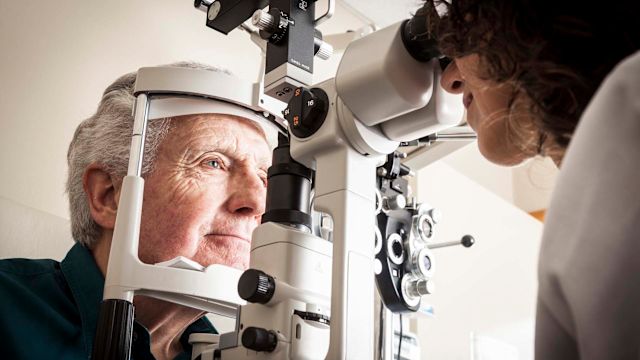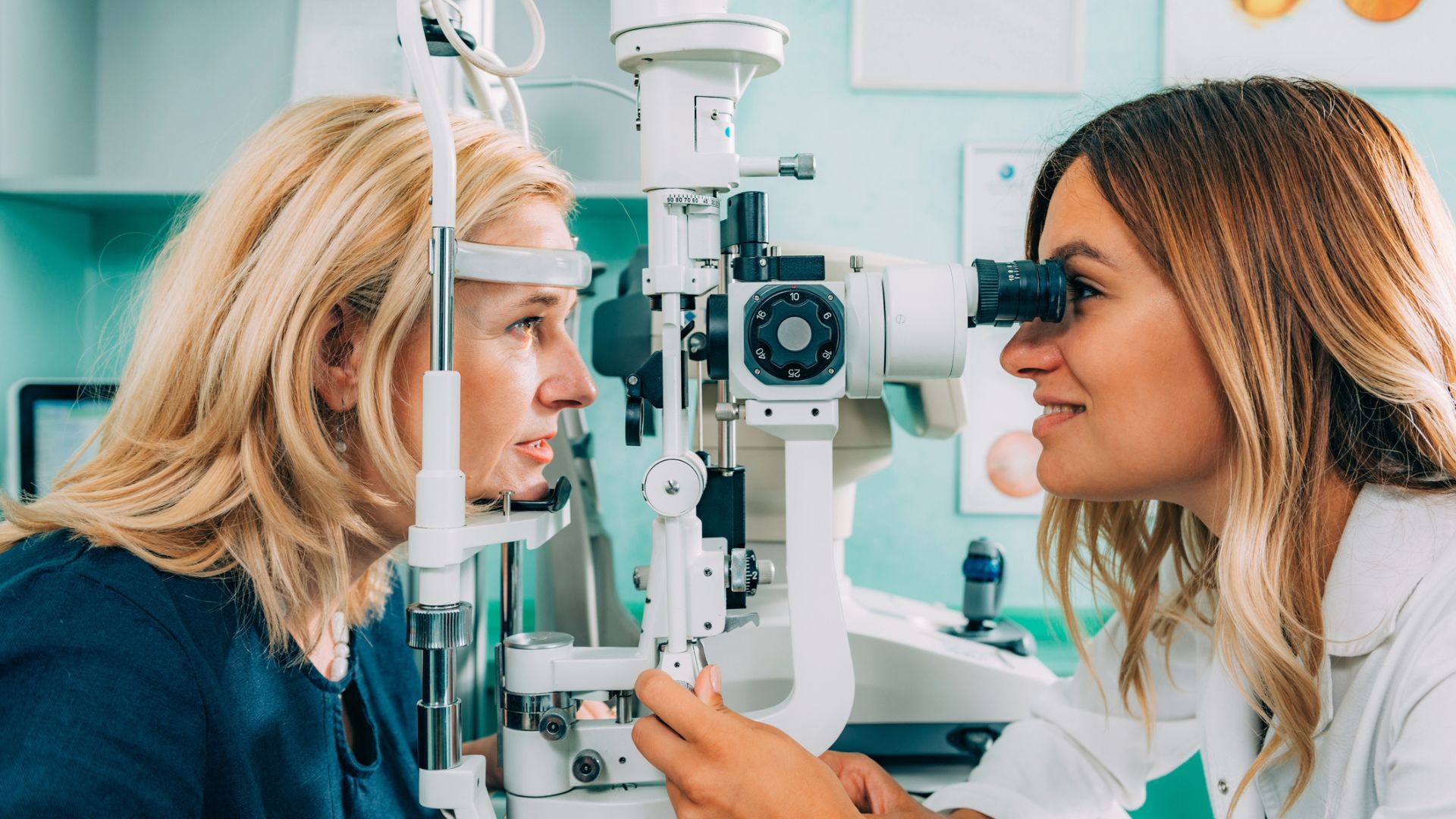Geographic atrophy is an advanced form of age-related macular degeneration.
Often referred to as AMD, age-related macular degeneration is a common disease that causes central vision loss. With central vision loss, objects at the center of a person’s field of vision can look blurred or wavy.
In advanced stages of AMD, vision loss is more severe and progressive. This can make it difficult for a person to see details, read, recognize faces, and perform everyday tasks. It can also have a significant impact on a person’s mental health, contributing to depression and social isolation.
Here, we take a closer look at geographic atrophy and how it occurs.
Macular degeneration
AMD causes deterioration of the macula. The macula is part of the retina, the layer of cells in the back of the eye that convert light into neural signals. The macula is located at the center of the retina and is made up of millions of light-sensitive cells called photoreceptors.
Over time, the cells that make up the macula can wear down. People over the age of 55 are at a greater risk for AMD than people under the age of 55. Genetics are a known risk factor. Smoking is also a significant risk factor.
Geographic atrophy
In some people who have AMD, clusters of cells in the retina begin to die, creating dead areas. This is known as geographic atrophy. The name comes from the appearance of the dead areas when the retina is examined by an ophthalmologist—they resemble geographic regions on a map.
Wet and Dry AMD
AMD can be divided into two types—dry AMD and wet AMD. The key difference between the two is the presence of abnormal blood vessels in the macula, which occurs when a person has wet AMD. These blood vessels do not function well, and leak blood and fluid into the eye, causing more rapid and more severe vision loss.
Wet AMD is also known as neovascular AMD or exudative AMD. It is considered an advanced form of AMD. With dry AMD, there is no formation of abnormal blood vessels. However, this does not mean that dry AMD cannot be advanced.
Geographic atrophy can occur with both dry AMD and wet AMD—and can be categorized into two different subtypes accordingly.
Drusen-associated
Drusen-associated geographic atrophy has also been known as late-stage dry AMD. Drusen are deposits of waste materials that accumulate in the retina. They are yellowish in color. Larger drusen are a sign that a person has AMD.
It is believed that drusen-associated geographic atrophy occurs when pieces of drusen break off or seep into surrounding cells, causing those cells to deteriorate and die.
Neovascular-associated
Neovascular-associated geographic atrophy refers to geographic atrophy that occurs as a consequence of having wet AMD. The stress and damage that occurs when a person has wet AMD can kill cells and cause dead areas in the retina.
If a person has drusen-associated GA and then develops wet AMD, the wet AMD will worsen the existing geographic atrophy.
What are the treatment options?
There is no cure for AMD, but there are therapies that can help. Because the condition progresses differently in different people, your best source of information will be a healthcare provider.
Nutritional supplements may be prescribed to slow the progression of dry AMD. Wet AMD can be treated with injections of anti-VEGF medicines, which slows or stops the formation of abnormal blood vessels, or a type of laser surgery called photodynamic therapy. There is currently no treatment for geographic atrophy, but there are a number of therapies that are under development.
Vision rehabilitation can help people at all stages of the disease cope with vision loss and make the best use of their remaining vision. Vision rehabilitation involves working with a specialist who can help you make the best use of the vision you do have, such as making adaptations around your home and using devices and technology to assist with low vision.






